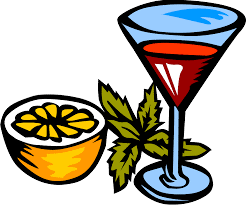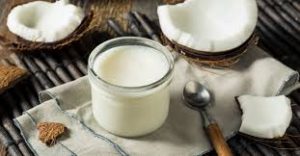The coronavirus (COVID-19) pandemic has shifted many of our daily routines, including the ways we eat. Perhaps you have stocked up on packaged foods and find yourself cooking at home more than usual. As we adjust, you may want to think about ways you and your family can eat more healthfully. Hopefully my September newsletter can offer some tips and hacks for this challenging time.
===== A SIMPLE CHECKLIST FOR PLANNING BEING A FIRST AIM OF FIRE
Planning – an old addage “fail to plan” leads to “plan to fail”
Whats on hand?
Examine the refrigerator, freezer, and pantry; check expiration dates and best by dates. This can help you plan meals around what you already have, and will help you limit the number of trips to the grocery store and avoid spending time, energy and dollars on needless items. It can also help limit time away from other people.
Create a shopping list
Shopping may feel more stressful at this time. Make lists ahead of time to stay focused, get the items you need, and keep your shopping trip short. Since stores may not have some specific items, create a list with some general items too like “fruit” ,“vegetable”, “salad options” “smoothie ingredients”, etc.
Explore shopping options
Many grocery stores offer in-store pickup, curbside pickup, or delivery. Third party options also exist for grocery store delivery. These services tend to be very helpful during times of social distancing. Not a bad idea to check if the store delivers or has specific shopping hours for various groups (eg. concerned elderly can benefit from these.)
How much should I buy?
Buy what you and your family need at this time, and resist the urge to buy in much larger quantities. Your shopping list above is a great tool to accomplish this: Prepare a shopping list that will cover your household for ~ 2 weeks.
Include fresh, frozen, and non-perishables
Plan for a mix of fresh, frozen, and shelf-stable foods. Eat your fresh food first. Stock the freezer and pantry with items you can eat in the second week and beyond.
Examples of shelf-stable foods include pastas, rice, legumes, nut butters, and dried and canned goods. Frozen options to think about might be healthy breads, meats, vegetables, fruits, and even dairy or dairy-substitutes. With fresh foods, buy a variety in quantities that you would normally buy. Remember to include the special needs of all family members, including pets, infants, or those with dietary restrictions.
Preparation
While everyone is home together, you may feel inclined to try a new recipe or experiment with new flavors to keep things interesting. For others, sticking to simple items or familiar foods and tastes provides comfort. Plan what works for you and your family.
================
- Wake up your water. It is critical to replace fluids lost after a nights rest or any activity. Try adding these fruit and flavor combinations to your water glass. And for a special, fizzy treat start, off with unflavored seltzer water! Some hydrating tasties:
- smash the fruit in a pitcher or bowl before adding the water to allow the juices to fully infuse your base water.
- Lemonade
- Fresh lemons are not quite as acidic as squeezable juices and can help reduce the amount of added sugar normally used in homemade lemonade.
- Add rosemary or lavender for a sophisticated spin on taste buds
- Add blackberries for a beautiful hue of color to this summertime drink.
- Tea Anyone?
- Southern iced offers a great summertime refreshment, but be careful of added sugar. Make a more natural cup, with fresh ginger while brewing for a spicy and satisfying flavor.
Chocolate Banana “Ice Cream”
- 1 small banana
- 1 C milk (skim, 1%, soy, or almond work great)
- 1 Tbsp cocoa powder
- 1 tsp vanilla
- Peel the banana & slice. Store in a Ziploc bag and freeze for at least 2 hrs.
- Blend banana slices and remaining ingredients until smooth, adding more milk oneTbsp at a time if necessary.
- Enjoy!
Key Lime Pie Dip
- 12 oz plain Greek yogurt
- 2 Tbsp sugar
- 2 tsp grated lime zest
- 1 Tbsp fresh lime juice
- Strain the yogurt to get rid of excess water (so the dip doesn’t turn runny). To strain yogurt, line a mesh strainer with 2 paper towels. Place strainer over a plastic container and put the yogurt in the strainer (don’t worry – the yogurt won’t stick to the towels). Cover & refrigerate overnight.
- Once the excess water is removed, mix in remaining ingredients and enjoy with fruit or whole-wheat graham crackers!
- Keep leftover dip refrigerated.

====================
Wishing y’all a great rest of Summer, or if you are in the Southern Hemisphere, hope these tips give you some inspiration for looking forward. Sending positive and good vibes into the atmosphere for this world wide pandemic to be over!!!
See you all on the other side of the virus, healthy!
























